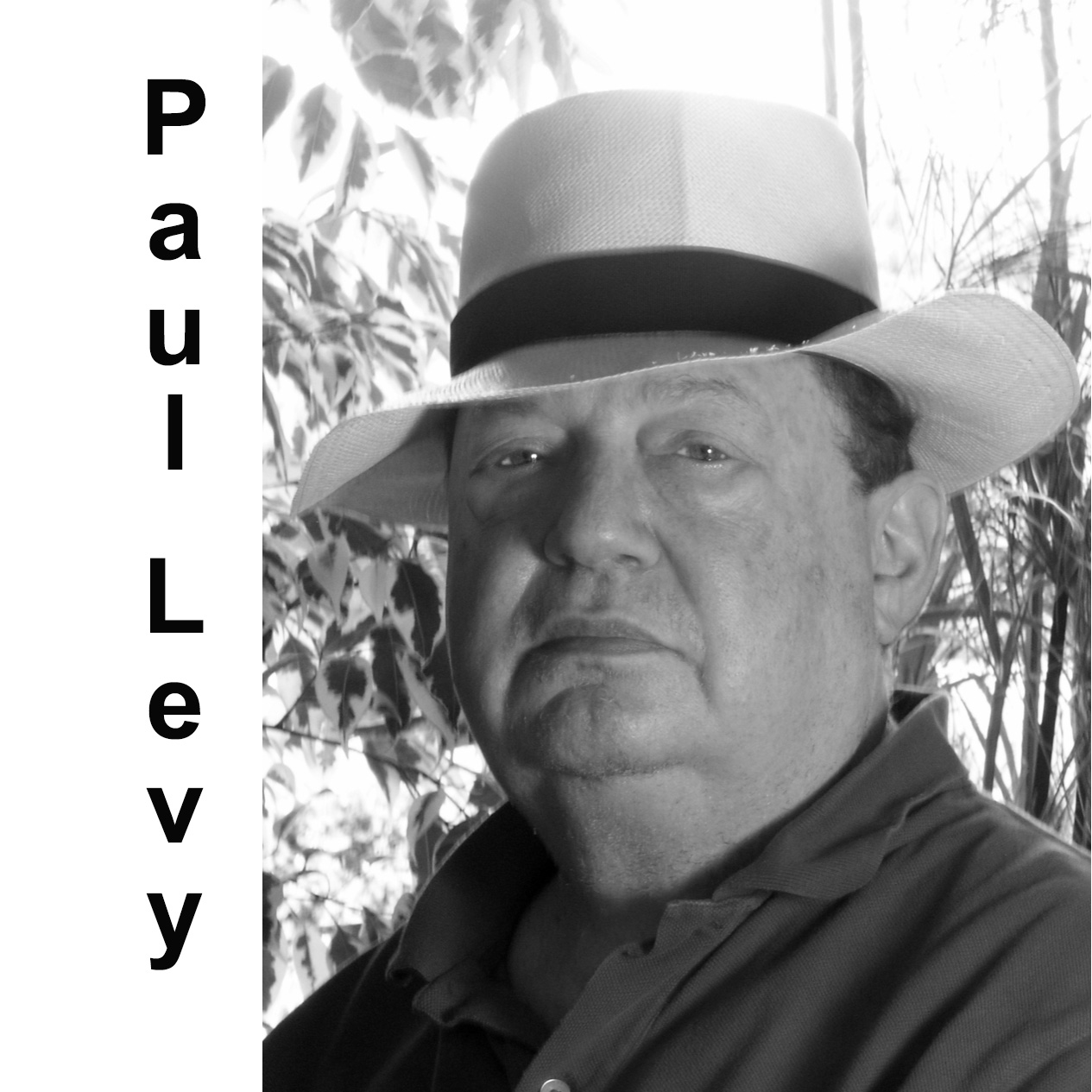Stephen Buckley’s Work Needs All Three Dimensions
Étaples (1995)
A couple of the essays in the gorgeous book (published by Neuendorf) that accompanies Close Cousins, an exhibition of Stephen Buckley paintings at the smart Mayor Gallery (Cork Street, London, until 8 February), make the point that Buckley is not a household name. Well, he is in our household, where we have whole walls of works on paper by the painter, who now lives in St Leonard’s-on-Sea, plus several paintings, and a magnificent cherry-red coffee table with a silver-and-red painted wood box that sits on it. Is it a painting? It has some canvas of fabric stretched over it, so perhaps it is. That’s my “full disclosure” – we’ve known Buckley (b. 1944) since 1975, when he had a one-man show at the Museum of Modern Art Oxford (as it then was named), and my wife and I collect his work.
As do, according to the provenances given in some of the entries in Close Cousins, Tate Gallery, London; the UK Government Art Collection; the National Museum of Wales, Cardiff; the NY Metropolitan Museum; and a dozen other major national and international institutions. Among his collectors are his art school friends, Bryan Ferry and Mark Lancaster; the distinguished art historian and curator, Marco Livingstone; Hans Neuendorf, the gallerist who is the publisher of this lavish book, owns many; the late Edward Albee was a major Buckley collector– an excerpt from his Stephen Buckley: Narratives is published in the book, and I remember an Albee play in which a Buckley painting was part of the set; David Hockney owns several Buckley paintings; our mutual friend, Caroline Conran, has one; and Kasmin, who seemed to be every good artist’s dealer in the 60s and 70s, still owns some Buckleys.
Über Alle Berge (1977)
As all the essays urge us to think, Buckley’s appearances in the public eye (and, indeed, his shows) were in inverse ratio to his teaching responsibilities – he became Professor of Fine Art at Reading University in 1994, and Professor Emeritus in 2009. That is fifteen years of artist’s prime time spent in the service of younger artists. He himself was taught at Newcastle by the late, great Richard Hamilton, and helped in Hamilton’s summer, 1965 reconstruction of Duchamp’s The Bride Stripped Bare by Her Bachelors, Even (The Large Glass, 1915-23) now in the Tate collection.
Duchamp is one of the big influences we see in Buckley’s painting. They share a sly wit, erudition worn casually, like a stylish shirt left open at the neck, plus an interest in materials not always associated with the fine arts – and in almost random objects. In my fortunate example, there’s a coffee table somewhere. Albee wrote that “the humour which pervades much of his work is never frivolous, and the wisdom and passion which are its ultimately most important qualities never seem didactic of laboured.”
There are several pieces in the Mayor exhibition that show Buckley’s interest in Cubism – mostly by making almost sculptural objects; it is sometimes necessary to specify a third dimension – bulk or thickness – when describing a Buckley painting. Albee also attributes to him “Matisse’s revolutionary colour sense.”
The other giveaway that tells you a painting is by Buckley is its rough edges – not in any sense unfinished – but tough, butch surfaces. He says he has never painted a conventional painting on a simple stretched canvas: the support is always part of the image. He doesn’t draw or design, so much as construct his work, and sometimes leaves traces of the manual labour. Lately, I must say, I’ve begun to cherish the opposite facet of his works on paper, their sleek finish and tidiness. As Albee says, Buckley is only a household name in the “most knowledgeable households.” Perhaps he’s a painter’s painter, as Hockney’s interest attests; he’s certainly a playwright’s painter; and a musician’s painter. He’s my kind of painter. Best have a look at the current exciting show, and see if he’s your painter, too.


